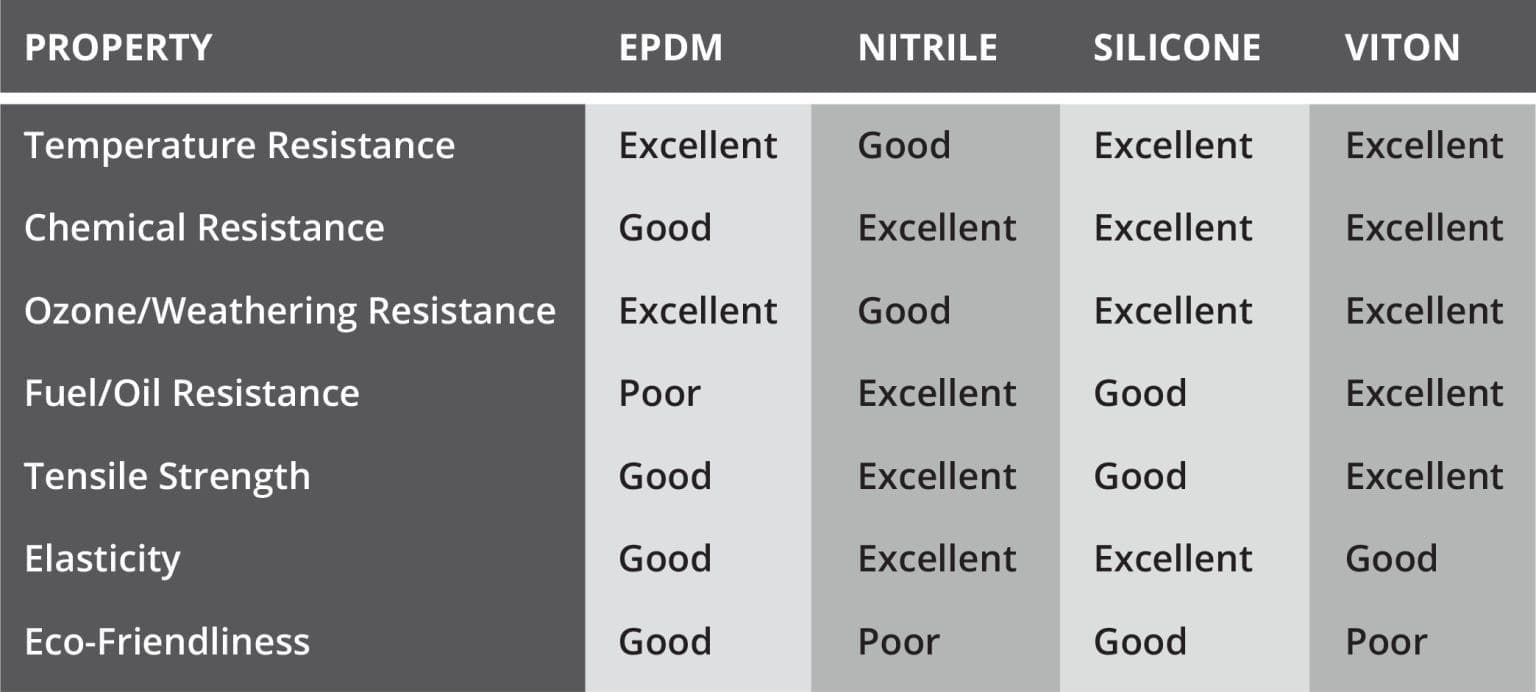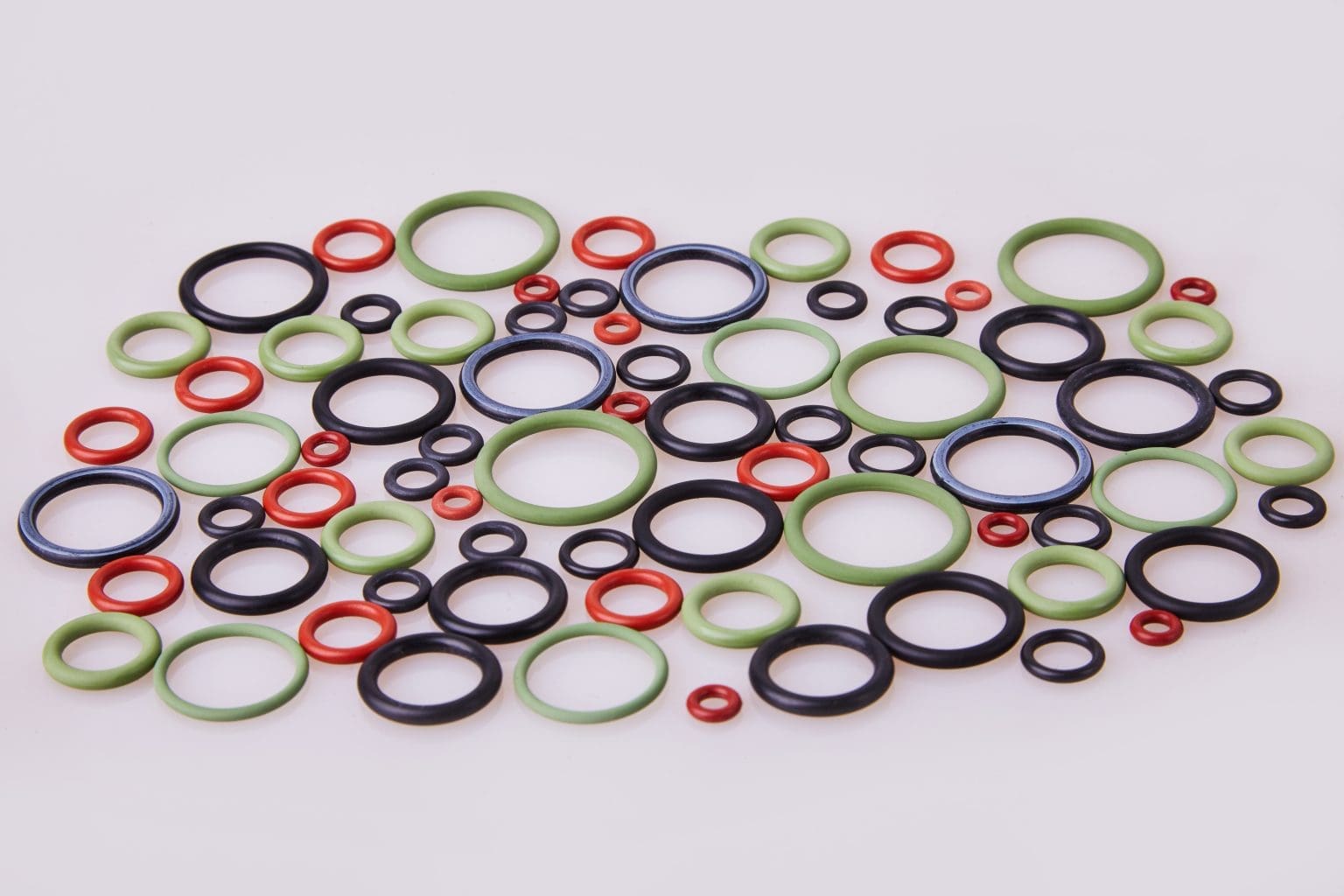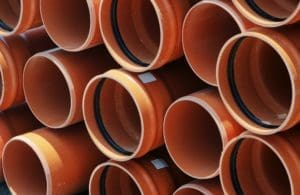WRAS Approved Rubber Moulding: Understanding the Various Types of WRAS Approved Rubber
As one of the UKS leading WRAS approved rubber moulder, we are delighted to provide our comprehensive guide on the different types of WRAS (Water Regulations Advisory Scheme) approved rubber materials. In this article, we’ll explore the importance of WRAS approval, dive into the unique characteristics of various WRAS approved rubber types, and help you make an informed decision on the right material for your application.

WRAS is a UK-based approval scheme that ensures the safety and suitability of materials used in contact with drinking water. WRAS approval is a vital consideration for any rubber product that will be in contact with potable water, as it ensures the material meets strict health and safety standards. By understanding the different types of WRAS approved rubber, you can make an informed choice that aligns with your specific needs and regulatory requirements.
Why is WRAS Approval Important for Rubber Products?
WRAS approval is crucial for rubber products that will come into contact with drinking water, as it ensures the material is safe for human consumption and does not impart any unwanted flavours, odours, or contaminants. This approval process involves rigorous testing and evaluation to verify the rubber’s compliance with stringent health and safety regulations. By choosing WRAS approved rubber, you can have confidence in the quality and reliability of your products, while also meeting the necessary legal and regulatory requirements.
Different Types of WRAS Approved Rubber Materials
There are several distinct material types, each with its own unique properties and applications. In this section, we’ll explore the key characteristics of the most common WRAS approved rubber materials:
 EPDM Rubber and Its Applications
EPDM Rubber and Its Applications
EPDM (Ethylene Propylene Diene Monomer) rubber is a popular choice for WRAS approved applications due to its excellent resistance to weathering, ozone, and chemical exposure. EPDM is known for its versatility, making it a suitable material for a wide range of products, including seals, gaskets, and hoses used in water supply systems. Its superior durability and long-lasting performance make it a reliable choice for demanding environments.
Nitrile Rubber and Its Uses in the Industry
Nitrile rubber, also known as NBR, is another WRAS approved material that excels in applications requiring oil and fuel resistance. This synthetic rubber is commonly used in o-rings, hydraulic seals, and other components that need to withstand exposure to a variety of fluids and chemicals. Nitrile’s ability to maintain its physical properties under high-pressure conditions makes it a popular choice for industrial applications.
 Silicone Rubber and Its Unique Properties
Silicone Rubber and Its Unique Properties
Silicone rubber is a WRAS approved material that stands out for its exceptional temperature resistance, chemical inertness, and biocompatibility. These unique properties make silicone an ideal choice for applications that require exposure to high or low temperatures, as well as those that involve contact with aggressive chemicals or sensitive environments. Silicone rubber is often used in medical devices, food processing equipment, and other specialised applications.
Viton Rubber and Its Resistance to Chemicals
Viton, or fluoroelastomer, is a WRAS approved rubber material known for its exceptional resistance to a wide range of chemicals, solvents, and fuels. This makes it a popular choice for applications where exposure to aggressive substances is a concern, such as in the oil and gas industry, automotive applications, and chemical processing equipment. Viton’s ability to maintain its physical properties under these challenging conditions is a key advantage.
Comparing the Different Types of WRAS Approved Rubber
Each type of rubber has its own unique set of properties and characteristics, making them suitable for different applications. To help you make an informed decision, we’ve compiled a comparison table that highlights the key features of the various rubber materials:

By considering the specific requirements of your application, such as the operating temperature, chemical exposure, and environmental factors, you can use this comparison table to identify the most suitable WRAS approved rubber material for your needs.
Choosing the Right Rubber for Your Application
When selecting the appropriate WRAS approved rubber for your application, it’s essential to carefully evaluate the unique characteristics and performance requirements of your project. Start by assessing the key factors that will impact the rubber’s performance, such as:
- Operating Temperature: Determine the expected temperature range the rubber will be exposed to, and choose a material with the appropriate thermal resistance.
- Chemical Exposure: Identify the specific chemicals, fuels, or solvents the rubber will come into contact with, and select a material with the necessary chemical resistance.
- Environmental Factors: Consider the potential exposure to weathering, ozone, or other environmental stressors, and select a rubber with the appropriate resistance.
- Mechanical Requirements: Evaluate the physical demands, such as tensile strength, elasticity, and abrasion resistance, that the rubber will need to withstand.
- Regulatory Compliance: Ensure the chosen WRAS approved rubber material meets all relevant health, safety, and environmental regulations for your application.
By carefully considering these factors and comparing the properties of the different WRAS approved materials, you can make an informed decision that will ensure the reliability, safety, and longevity of your products.

Conclusion
In conclusion, understanding the various types of WRAS approved rubber is essential for selecting the right material for your application. From the versatile EPDM to the chemical-resistant Viton, each rubber offers unique properties and benefits that can be tailored to meet your specific needs. By considering the key factors that will impact the rubber’s performance, you can make an informed choice that will provide the necessary safety, reliability, and compliance for your water-related products.
If you’re unsure which WRAS approved material is best suited for your application, I encourage you to reach out to our team of experts. We can provide personalised guidance and recommendations to help you make the right choice
At SRM we have over 40 years experience of WRAS approved rubber moulding and a in-depth knowledge of the best rubber compound for your application. For more information or to discuss your requirements contact one of our experts today.

 EPDM Rubber and Its Applications
EPDM Rubber and Its Applications